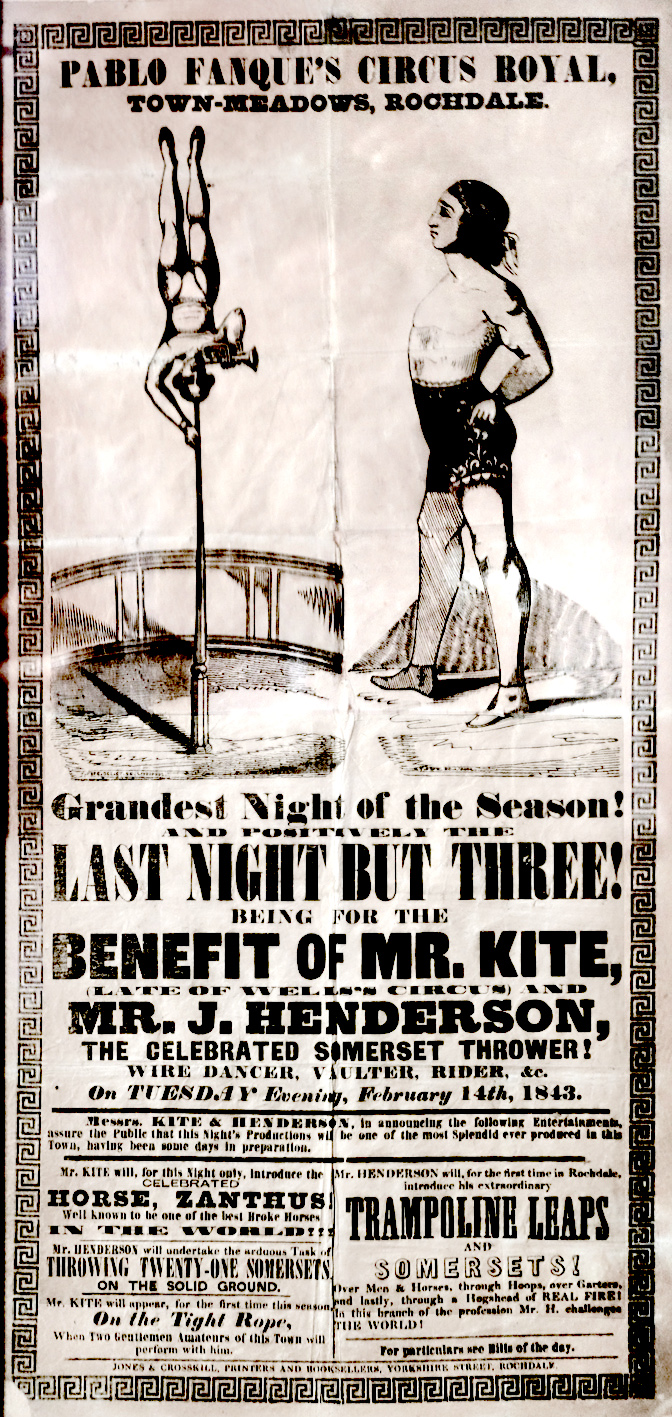Irish Logarithms are a multiplication method invented by Irishman Percy Ludgate in 1909.
1. Why use Logarithms
a logarithm transforms multiplication into addition:
logb(x⋅y)=logb(x)+logb(y)
By storing precomputed “log” values and then adding them, we reduce the hard part of multiplication to a single addition followed by a lookup (the inverse logarithm).
Classical log-based multiplication steps:
Log lookup: retrieve and from a table.
Add: compute .
Anti-log lookup: retrieve from another table.
2. What Irish Logarithms involve
To multiply two one digit numbers
Lets say 4*5. Look up the 4th position in table 1. That is 2 (table starts at 0). and the 5th is 23. Add these together to get 25.
Now look up the 25th position in table 2 (the anti-log table) is 20. the right answer.
To do multi digit multiplication you do the multiplication of individual digits and then add them like in school.
Ludgate worked out this logarithm and anti-logarithm mapping himself which in a pre computer time was a huge amount of effort. As he wrote 'the result of about six years' work, undertaken . . . with the object of designing machinery capable of performing calculations, however, intricate or laborious, without the immediate guidance of the human intellect'
3. Who was Percy Ludgate
He was an Irish accountant and computer pioneer who invented the second ever design for a Turing complete computer. and one that was much more practical than Babbage's. But he never got the money needed to construct it.
Brian Coghlan has done a huge amount of research on Ludgate's computer. There is a popular press article on Ludgate here
Ludgate's original article describing his computer is here. The Irish logarithms were only one of his inventions needed to make a practical computer. I think his story should be better known.
4. Hex Irish Logarithms
Here is the python code to work out what the base 16 hex Irish logarithm would be. For no reason other then no one else seems to have worked it out before.
























